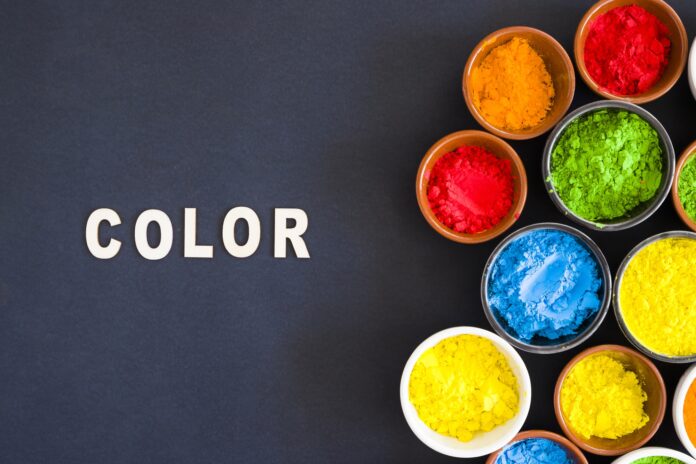DIYers and fashionistas alike continue to embrace the decades-long trend of tie-dyeing. With tie-dye, you can put your own unique spin on anything because the color choices are practically limitless.
Putting your own unique spin on your wardrobe using tie-dye is a creative and entertaining activity. Tie dye color ideas are all the craze right now, and with good reason: the possibilities for color palettes and patterns are practically limitless.
The most successful tie dye color combinations are those that provide attractive results. It’s equal parts chemistry and creativity. Experiment to find out what works. Try it out with just one color.
Evaluation Of Color Dyes
When you think of tie-dye, picture a child’s chemistry kit. The experiment is how you find out what actually works. Not all combinations of colors work well with tie-dye. In spite of your best efforts and the most fashionable of tie-dye hues, you may have
- Some hues take dyes better than others.
- Some strange color outcomes with some dyes.
- Certain colors take dyes well but provide unexpected results when combined with others.
Background Of Color Dyes
Evolution of Dyes gives a nice overview of the history of dyes, but modern tie dye can be broken down into two basic periods based on the dyes that are available.
In the 1960s, all-purpose dyes were cheap and easy to find in the three primary colors. Here is our rainbow tie-dye, made with the three basic colors. If you wanted a different color, you had to mix colors and add heat to set the dye. Over time, the colors would fade.
Fiber-reactive dyes are cheap and come in more than 200 different colors. You don’t have to mix colors or add heat to set the dye, and the colors will never fade. Because dyes have changed over time, we can now make more kinds of tie dyes, like our best-selling Mighty Mystic.
Learning The Fundamentals Of Color Theory
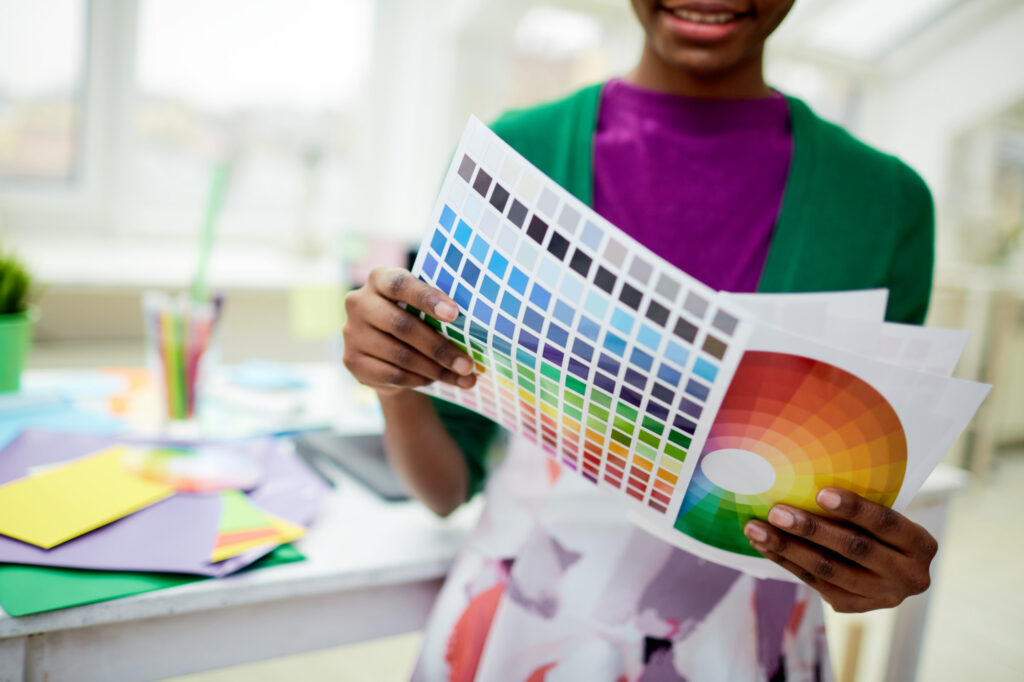

Color theory is a set of rules that describe how different colors work together. If you want to tie-dye a shirt, knowing about color theory will help you choose colors that go well together and give the shirt the look you want.
Color theory is shown by the color wheel, which divides colors into primary and secondary groups. When red, blue, and yellow are mixed together, they make what are called secondary colors. For instance, when you mix blue and yellow, you get green, and when you mix red and yellow, you get orange.
Mixing colors is an important part of color theory because it lets you make new colors by combining different tones and shades.
For example, fuchsia, a bright, purple-red color, can be made by mixing blue and red with more red than blue. You can also make colors like teal by mixing one part blue with one part green and changing the amounts until you get the shade of teal you want.
On the color wheel, blue and orange are opposite each other, and red and green are also opposite each other. Colors that are complementary to one another, when placed next to one another, provide a stunning visual contrast that can be used to make beautiful tie-dye patterns.
Using your knowledge of color theory and the color wheel can help you choose colors that go well together and make a tie-dye color combo for a shirt that looks good. Also, it can help you stay away from colors that make your shirt look dull or clashed.
Tie Dye Color Wheel
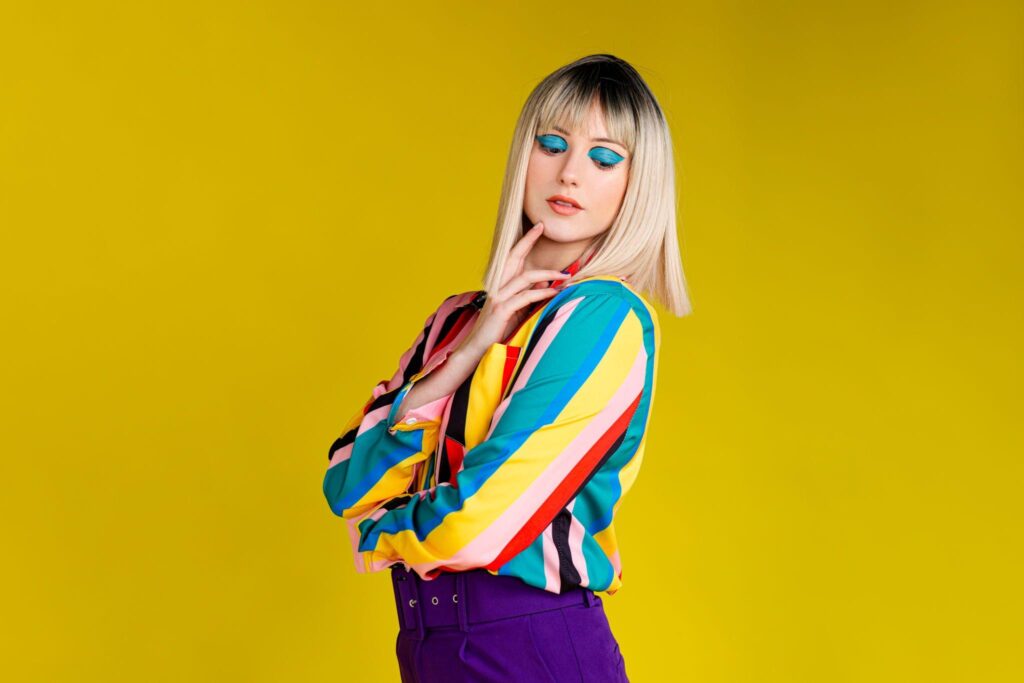

Combinations of complementary hues are aesthetically attractive. Complementary colors are those that sit directly across from one another on the color wheel.
Good color combinations for tie dye can be created indefinitely by mixing the three primary colors in different quantities.
Red, yellow, and blue are the primary colors.
- There is no other color from which to derive them. The three fundamental hues serve as the basis for all the others.
Green, Orange, and Purple are the secondary colors.
- You may make them by combining two primary colors in a 1:1 ratio.
Mixes of orange and yellow, red and purple, blue and green, and yellow and green make up the tertiary colors.
- They are made by combining a main and secondary color in a 1:1 ratio.
A tertiary color is a result of combining a main color and a secondary color. You can make teal by combining turquoise and green, for instance. Lime green could be the result of adding lemon yellow to green.
It’s vital to remember that adjacent dye colors on a shirt will likely blend together. So, it is important to use complementary hues. Brown spots will appear on the garment if the tie-dye combinations don’t blend properly.
Putting primary colors near one another is a safe bet in most cases. However, brown is produced when secondary hues are placed near one another.
Tie-Dye Tips


- Make sure your shirt, or anything else you’re dying, is moist before folding and tying so that the fabric can absorb the dye more effectively.
- Think about soaking your tees in a solution of soda ash and warm water before you wash them.
- The alkaline solution improves the dye’s ability to bond to the cloth fibers and reduces the likelihood of color bleeding, so you can experiment with different color schemes on a single garment.
- It also prevents bright jewel tones like emerald green and flamingo pink from softening after repeated washings.
- Choose colors that work with your design. If you are dying from an artificial fiber, this is of paramount importance.
- Dyeing polyester and other synthetic materials may require special tie dye colors. It is recommended that you test your dye colors before using them.
- You can get a better idea of the color and its intensity by squeezing it out onto a piece of paper towel. But, keep in mind that the color will always fade slightly after being rinsed.
- Tie-dye kits are another option you have. Typically, the kits will come with the dye, gloves, rubber bands, and instructions you need to get started.
You may make a truly one-of-a-kind shirt by playing with different dyes, patterns, and procedures to achieve your desired look.
If you’re looking for a fun method to play with color, ice dye is a terrific technique to try. With this technique, you can mix colors without worrying about them mixing together. The technique involves strategically placing pieces of ice on the t-shirt and then dusting the shirt with powdered dye to create a watercolor look.
Last, make sure you are familiar with washing tie-dye clothing. This is an important stage in making sure your work last for a long time.
There Are No Limits To Tie-Dying Clothes
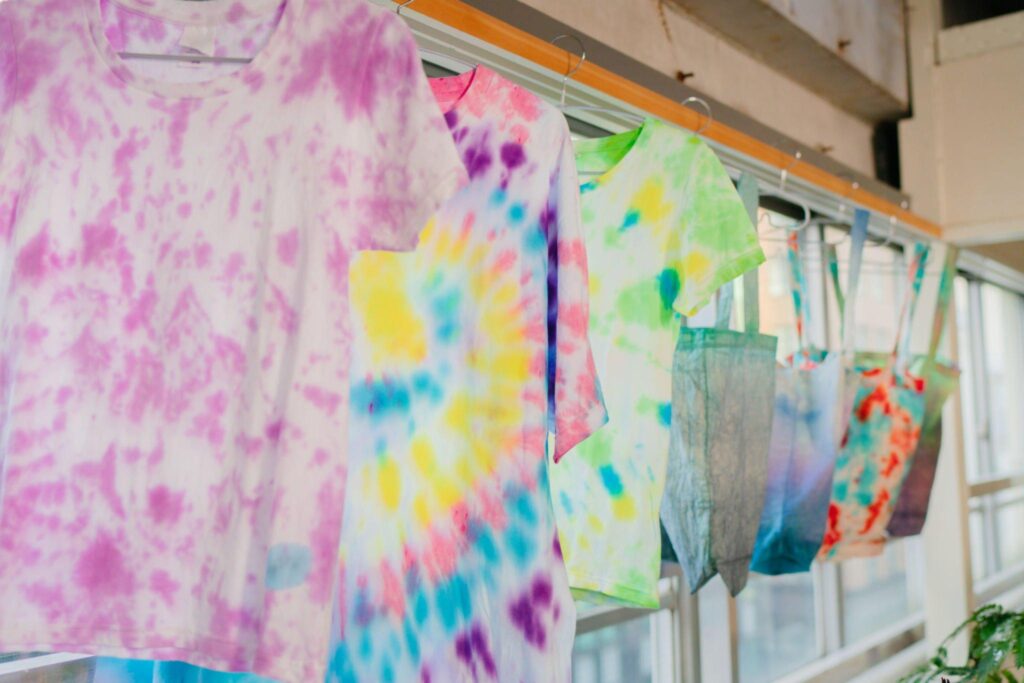

Think about the fabric you’ll be using to tie dye before deciding on colors. Cotton and rayon, for example, are better at absorbing color than other fibers. Some colors may need more dye than others to produce the intended effect, therefore it’s also crucial to think about color intensity.
While picking the colors for a tie-dye project, it’s also crucial to keep color theory in mind. When put together, complementary colors like blue and orange or red and green produce a dramatic visual effect. Colors that are close on the color wheel, like yellow, orange, and red, work well together. Finding the right color scheme for your tie dye colors combinations is all about experimenting with colors.
-
Tie-Dye T-Shirts
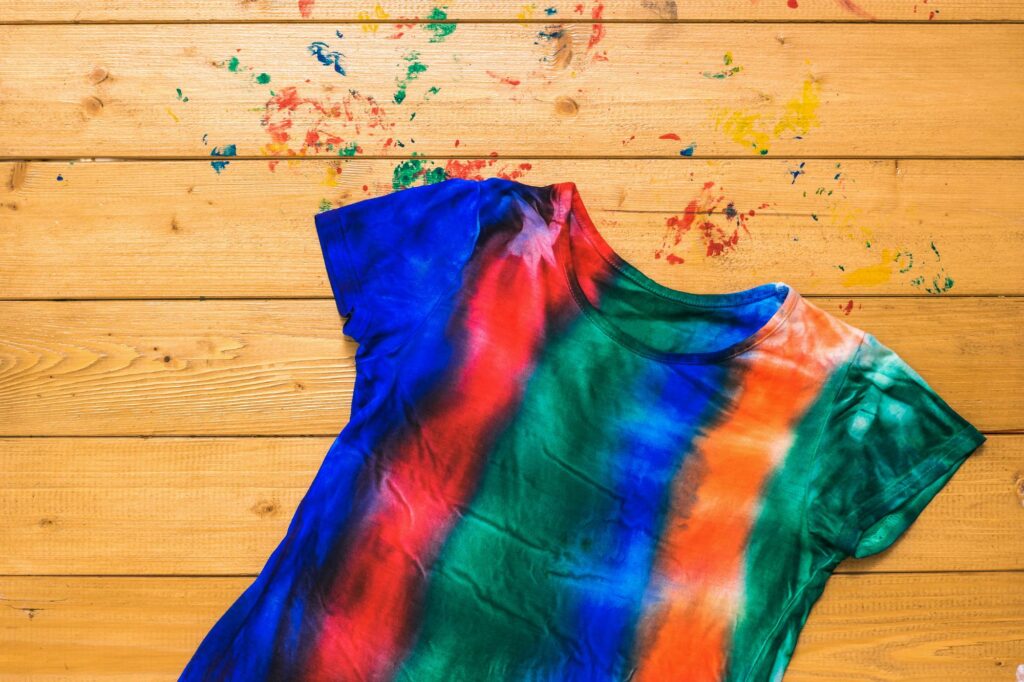

-
Tie-Dye Sweatshirts
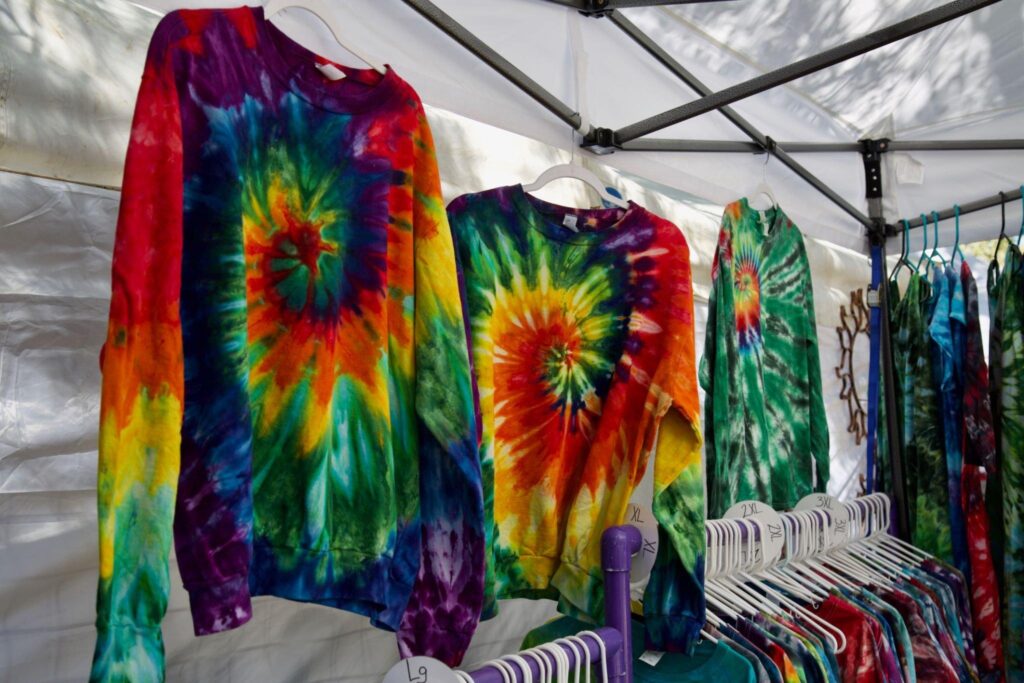

-
Tie-Dye Socks


-
Tie-Dye Tote Bags
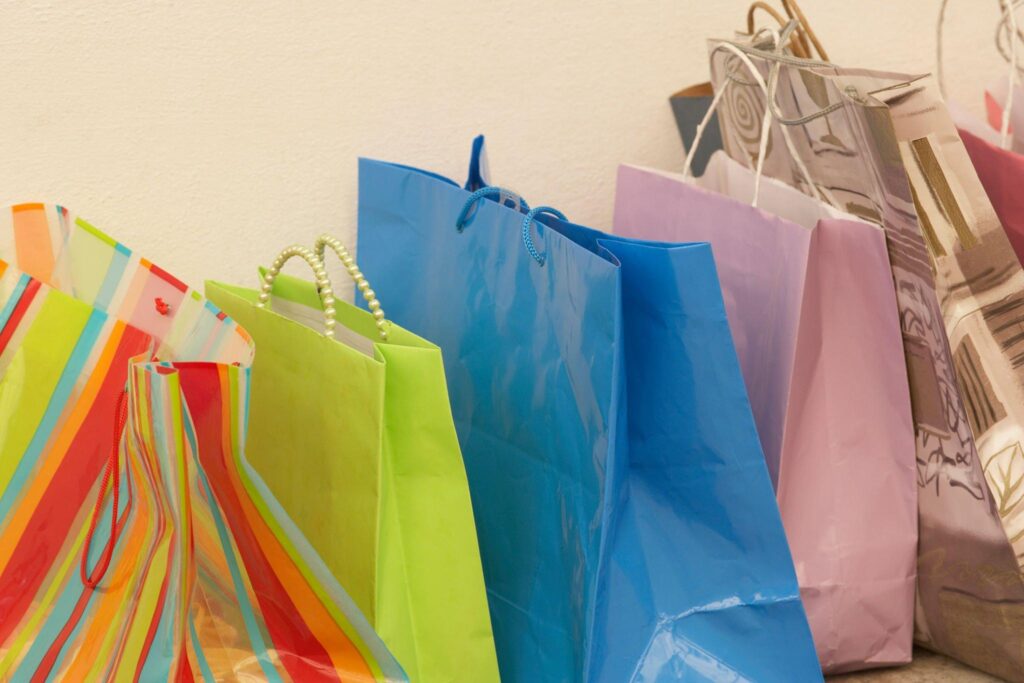

-
Tie-Dye Bedding
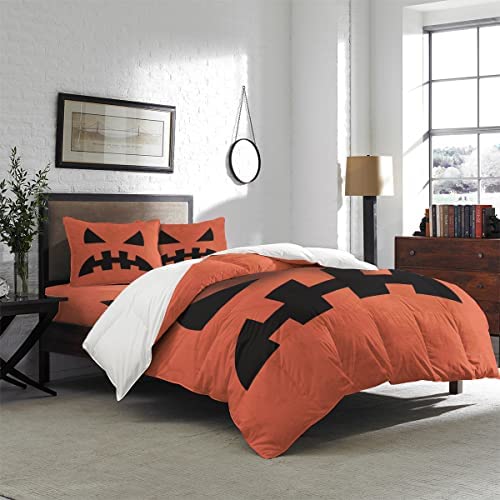

-
Tie-Dye Shoes
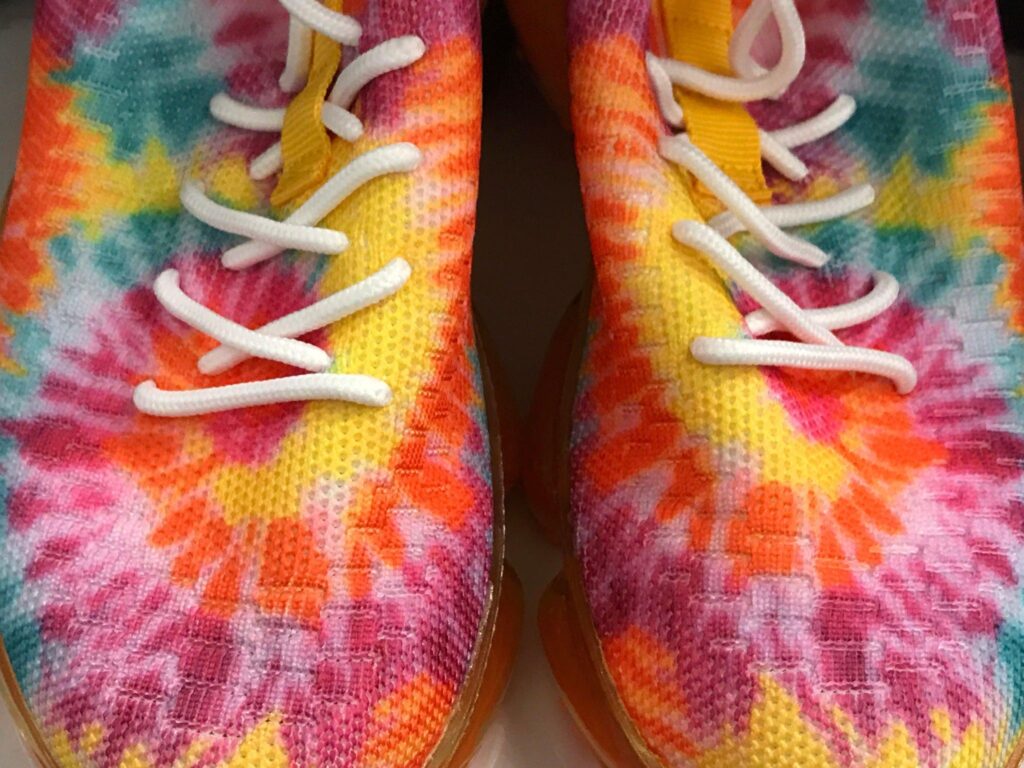

-
Tie-Dye Face Masks


-
Tie-Dye Hair Accessories
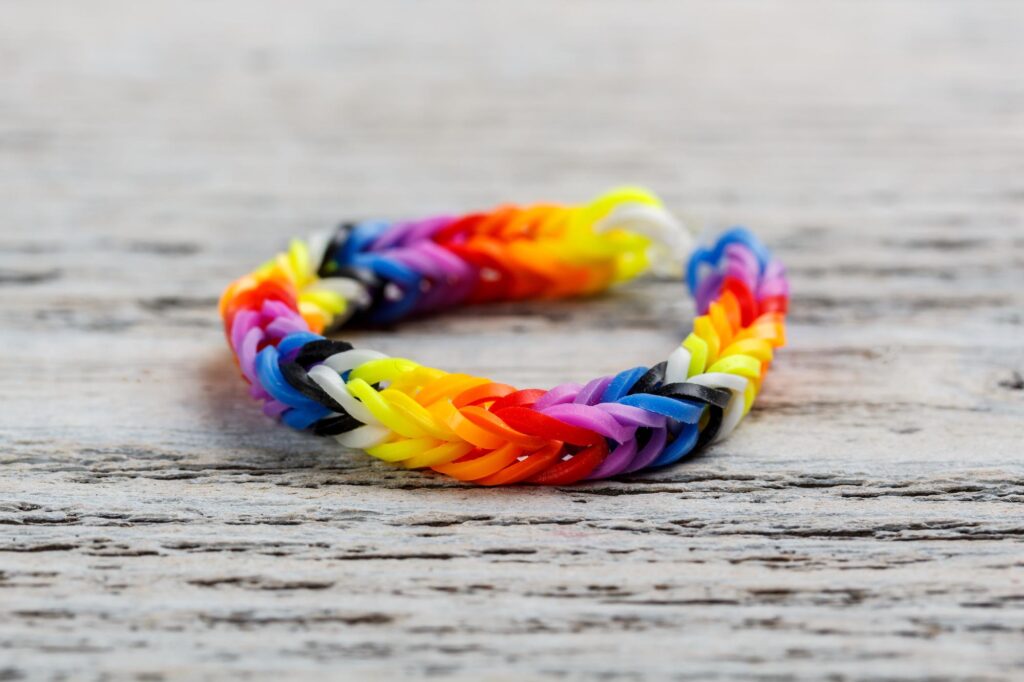

-
Tie-Dye Tablecloths
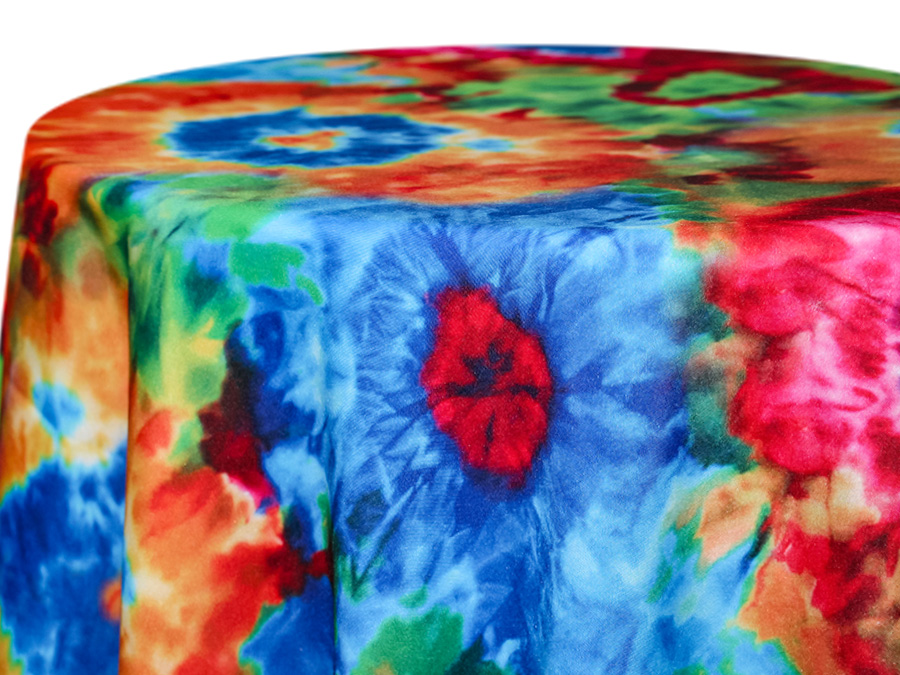

-
Tie-Dye Wall Art
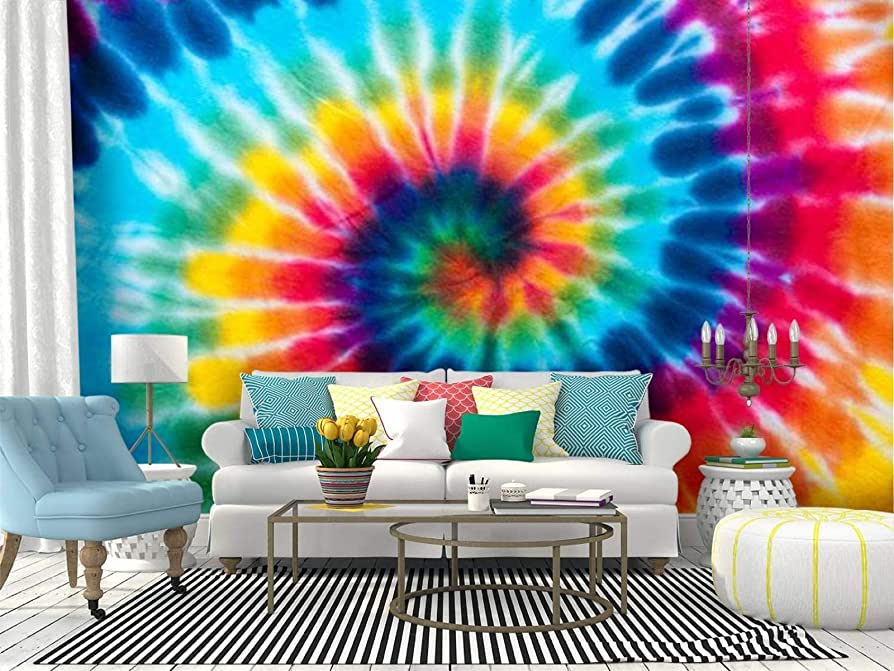

-
Tie-Dye Dandanas
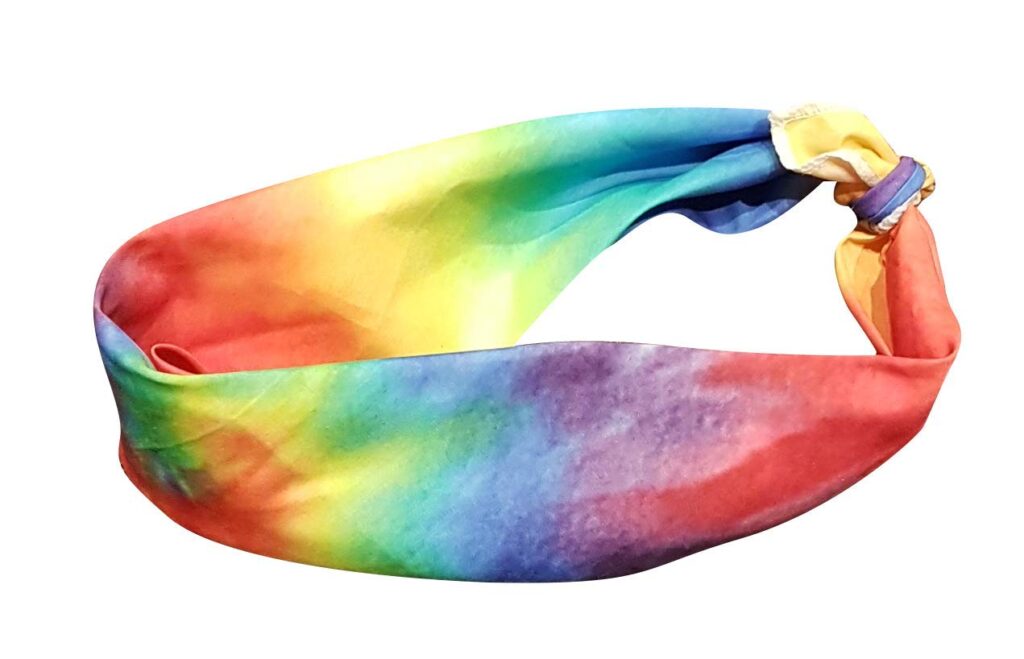

-
Tie-Dye Shorts


This is done by using tie-dye to turn plain denim shorts into a fun and colorful summer staple. You can use different techniques and colors to create unique patterns.
-
Tie-Dye Scrubs
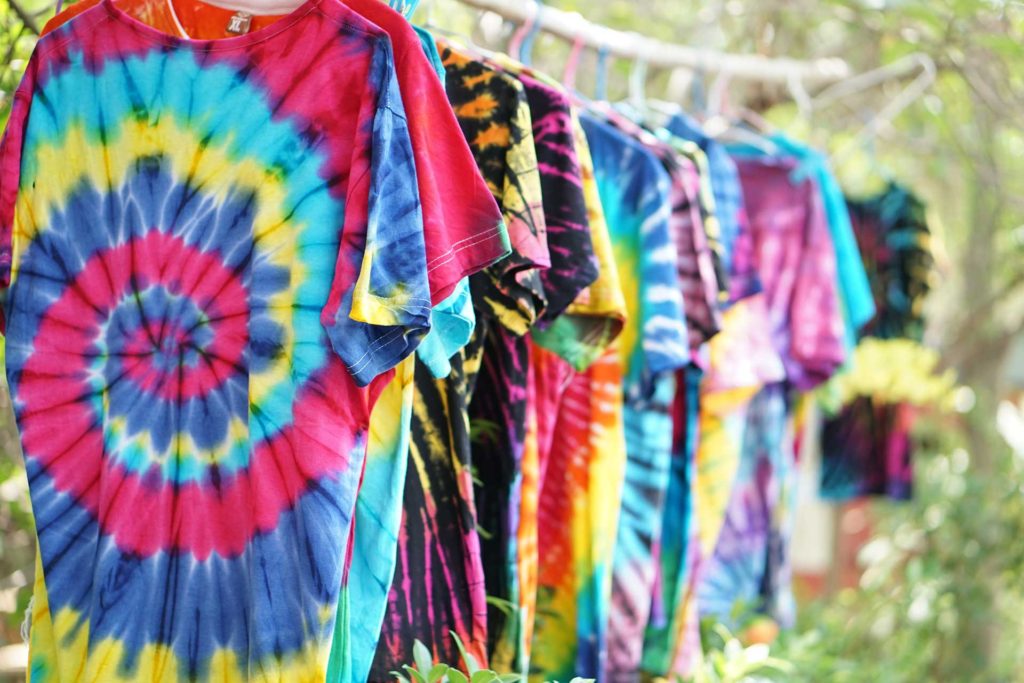

-
Tie-Dye Beach Towels
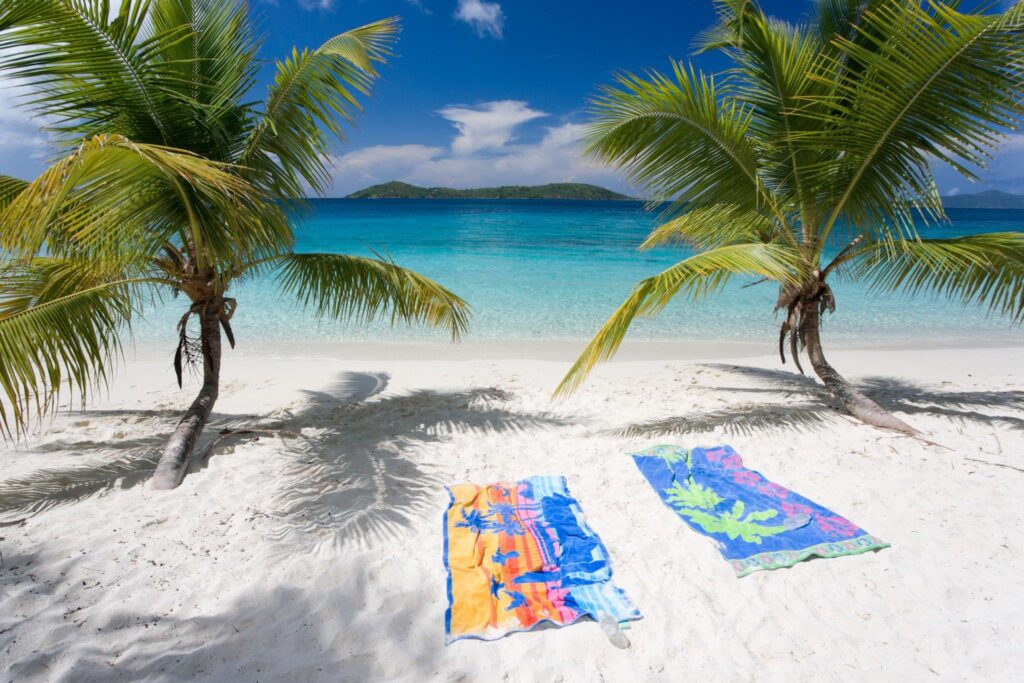

-
Tie-Dye Canvas Shoes
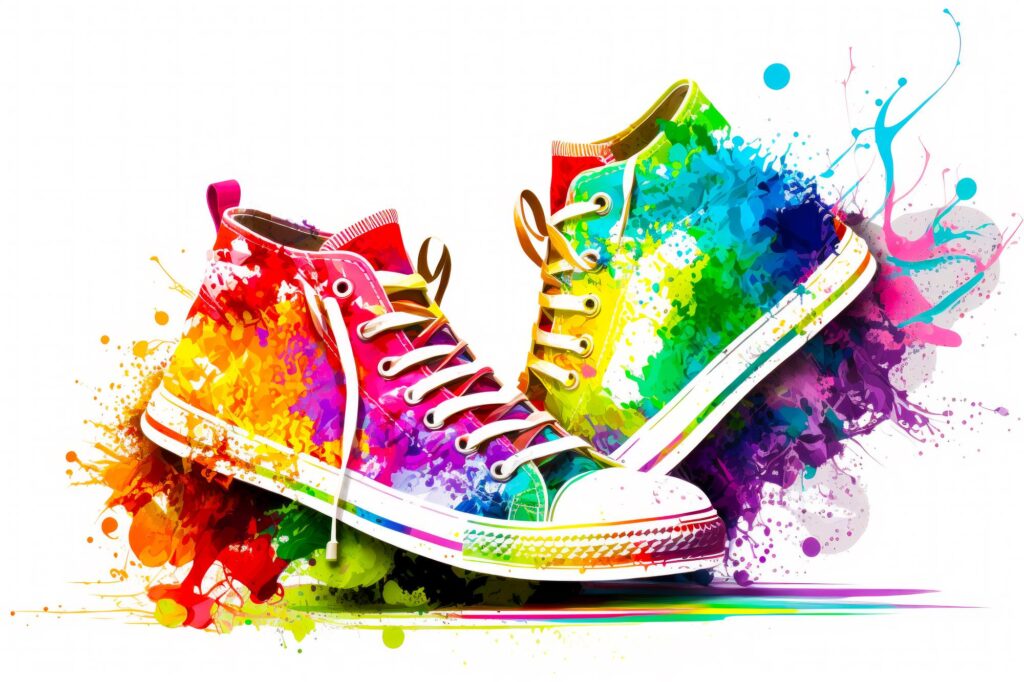

Choosing The Best Color Combination For Tie Dye
Tie-dye color choices should be made with color theory in mind. While certain hues go well together, others clash. The combination of complementary colors, such as blue and orange or red and green, produces a dramatic effect. On the other hand, when you mix colors that are close in value, like yellow, orange, and red, you get a beautiful harmony.
Color saturation is another crucial aspect to think about. To obtain a rich hue with some tie-dye colors, like black or navy blue, more dye may be needed than with others. Dyeing a full piece of fabric without first testing a small area is a surefire way to end up with a shade that is too light or too dark.
Tie-dyeing processes are as versatile as the color palettes they accommodate. Many methods are available, including the spiral, bullseye, and crumple. The techniques of dip-dyeing and spray-dyeing allow for the creation of truly one-of-a-kind and eye-catching patterns.
Overall, tie-dye colors ideas are a great way to inject some individuality and color into your clothing. You can express your unique sense of style using tie-dye because the pattern options are practically limitless.
Choosing and combining dye colors for a shirt is half the joy of tie-dying. Color coordination might be difficult for some. Pretty tie-dye color combinations are completely arbitrary. It’s all up to your own sense of style and preference. There are, however, some common color combinations for tie-dyes:
-
Rainbow
This classic color scheme includes colors like red, orange, yellow, green, blue, and purple, which are all bright and bold.
-
Pastels
Soft pastel colors like pink, lavender, mint, and baby blue make a tie-dye effect that is dreamy and whimsical.
-
Neutrals
If you want a more subtle look or color print for business t shirt design ideas, you can make a sophisticated tie-dye pattern with neutral colors like black, white, gray, and beige.
-
Earthy Colors
A beautiful tie-dye effect can be made with earthy colors like brown, green, and rust for a more natural look.
-
Ombre
By slowly mixing together different shades of the same color, you can make a beautiful Ombre effect that is great for tie-dying.
-
Green And Blue
A soothing mix that can create a look that is beachy or inspired by nature.
-
Purple And Pink
A fun and girly best tie dye colors combination that, depending on the shades used, can look either bright or soft. A bold and feminine mix that can make you look either romantic or tough.
-
Black And Red
A bold mix that can make you look grungy or edgy.
-
Orange And Yellow
A bright and happy combination that can make you feel like you’re on vacation or in the tropics.
-
Blue And Violet
A combination of cool and soothing colors that can make something look dreamy or ethereal.
-
Brown And Green
A natural mix that can make a look that is earthy or bohemian.
-
White And Black
This is a classic combination that can look either elegant or simple.
-
Bright Neon
Color combinations with a lot of contrast that stand out can make a bold and lively look.
-
Blue And Turquoise
A cool and refreshing mix that can make you feel like you’re at the beach or in the ocean.
-
Blue, White, And Red
A combination of red, white, and blue that looks fun and festive for holidays like the Fourth of July.
-
Orange And Pink
A combination that is fun and playful and can make you look bright and happy.
-
Yellow And Green
A fresh and lively mix that can make you feel like spring or summer.
-
Gray And Black
A combination of sleek and modern pieces that can be used to make a minimalist or grunge look.
-
Pink And Red
A bold and playful look can be made with this mix of bright and passionate colors.
-
Gray And Blue
A cool and stylish combination that can make a look that is calm and simple.
-
Red And Orange
A fiery and intense mix that can make you look bold and full of energy.
-
Rainbow Pastels
A soft and dreamy mix that can make a look that is magical and fanciful.
Tie-Dyeing Safety Measures
It’s also crucial to observe safe practices when tie-dying. Use gloves and do your dying in a well-ventilated place because the process might get messy. Harsh chemicals like bleach can do serious damage to your clothes and skin if you use a tie-dyeing kit that contains them.
Finally, tie dye color combos are a fun way to spend time with loved ones. Have a tie-dye party with friends and see what happens when you mix and match colors and techniques. It’s a great opportunity to bond as a family while also producing one-of-a-kind heirlooms that will be treasured for years to come.
conclusion
good tie dye color combinations are a creative and flexible method of adding color and individual style to your wardrobe and home decor. You can make amazing tie-dye combinations that are uniquely you with just a little bit of imagination and experimenting. Feel free to unleash your inner tie-dye creator.
- Related : Discover The Best T-Shirt Material For Ultimate Comfort And Style
- Related : THE STANDARD SETTING T-SHIRT MANUFACTURING COMPANY

